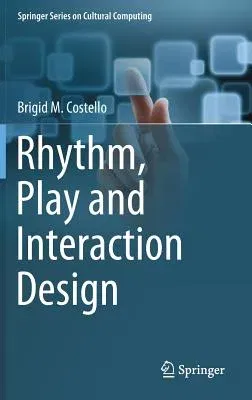There are rhythms of action and response to all human-computer
interactions. As we click, swipe, tap and sway to their beats, these
rhythms intersect with the rhythms of our everyday lives. Perhaps they
synchronize, perhaps they disrupt each other or maybe they dance
together. Whatever their impact our experience of these rhythms will
colour our experience of an interaction design. In playful interactive
applications, rhythm is especially crucial because of the role it
performs in building and maintaining the precarious spirit of play. Play
involves movement and this movement has a rhythm that drives the
experience. But what is the character of these rhythms of play and how
can they be used in the design of interactive applications? These
questions are the focus of this book.
Drawing on traditions of rhythmic design practice in dance, performance,
music and architecture, this book reveals key insights into practical
strategies for designing playful rhythmic experience. With playful
experiences now being incorporated into almost every type of computer
application, interaction design practitioners and researchers need to
develop a deeper understanding of the specific character of rhythms
within play.
Written from a designer's perspective, with interviews from leading
creative artists and interaction design practitioners, Rhythm, Play and
Interaction Design will help practitioners, researchers and students
understand, evaluate and create rhythmic experiences.

